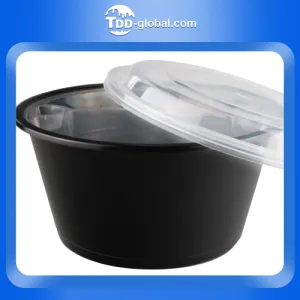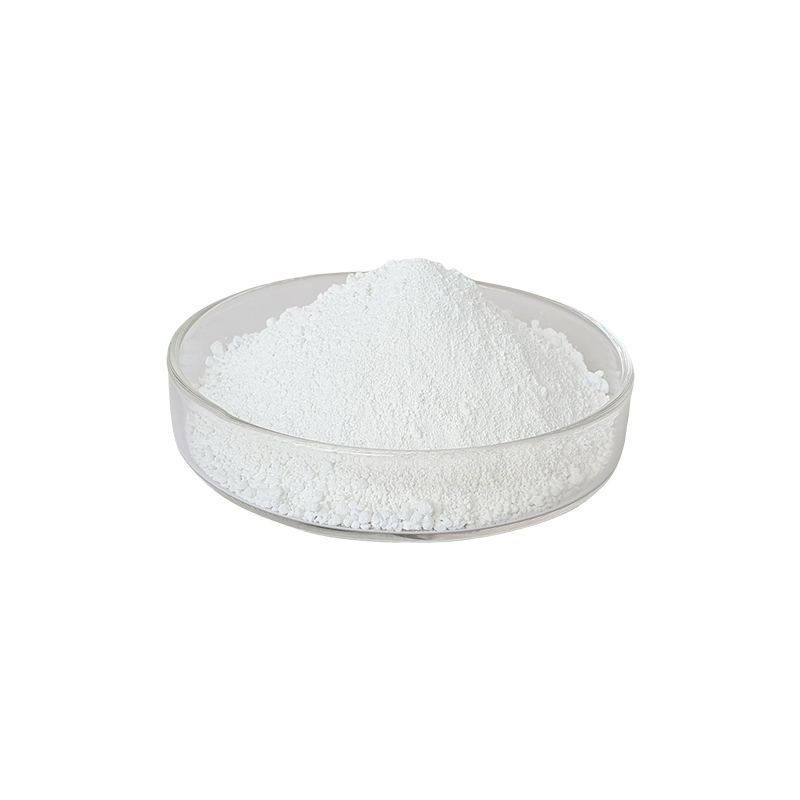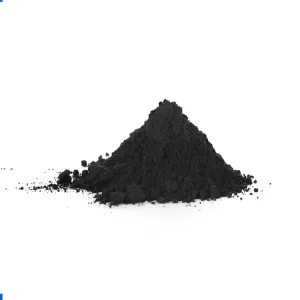Recently, China's ethanol prices have been pushed up significantly. The Heilongjiang factory in Northeast China has limited shipments, and the downstream is just in need of purchasing. The Jilin factory has equipment maintenance and inventory sales. Most enterprises in Northeast China mainly produce fuels, with stable main consumption, and local refineries just need to purchase. The main producing areas are experiencing tight supply. There is not much stock in East China. Chemical industry just needs to purchase, and companies order and deliver goods, and the price has been pushed up significantly. Although some companies have started equipment, the output is limited and the market impact is not significant. The price of raw corn fluctuated at high levels due to traders 'reluctance to sell and expectations of the impact of the weather on production in the main producing areas. The price of dried cassava has increased significantly. Downstream is just in need of purchasing, but Thailand is selling it in stock and has a clear willingness to bid for it. The downstream chemical ethyl acetate has been dominated by high fluctuations recently, and the prices of dual raw materials have risen significantly. Due to low social inventories, the price of acetic acid has increased significantly and continues to rise. Since August, the increase has reached 1000 yuan/ton. The downstream supply of acetic acid has just needed procurement to support the high fluctuations, and the rise in raw material ethanol varies in different regions. The cost of ethyl acetate is supported by high levels, and the company's production is at a profit and loss level or at a loss. The quotations of the main producing companies have increased significantly, and downstream companies are just in need of procurement, which supports the continuous rise in prices. After rising to a high level today, downstream resistance increased and prices weakened slightly, but high costs supported high price shocks.
Ethanol forecast: Supply will increase in early September. Jilin Fukang's 500,000-ton plant will be put into production to alleviate the tight supply situation in Northeast China. However, at the beginning, when the inventory of production companies is low, companies may sell at a high price. Supply in East China increased slightly in late August. The East China ethyl acetate factory has maintenance plans. Other normal operations are in need of procurement. Demand for liquor will increase with the arrival of the two festivals. There is a situation of chemical stocking before the holiday. In the long run, demand will increase, and prices may remain high and volatile when supply is stable. In the short term, supply will increase slightly, and high-level shipments will be average, but companies do not have much stock. Under the influence of chemical order shipments, prices in East China will stabilize in the short term or transactions will tend to the low end.
Raw material forecast: Currently, most corn is sold in inventory, and downstream feed just needs to be purchased. In mid-to-late September, corn harvests in North China and Central China will increase, and corn prices in sales areas may fall slightly. However, large quantities of corn in the main producing areas are expected to be available in November. Prices remain high under the influence of limited inventories. The price of by-product ddgs has risen to a high level in the short term due to the increase in the price of parallel product soybean meal, high corn prices, a slight increase in downstream demand and low supply. However, the price has now risen to a historical high., downstream resistance to high prices exists. The recent retreat of funds in parallel product soybean meal futures will affect the trend of ddgs high.
Acetic acid forecast: Accidental acid accidents are superimposed, and low social inventories support price increases, but downstream resistance to rising prices increases. Acetic acid prices are expected to be deadlocked in the short term.
Downstream ethyl acetate forecast: Supply in East China will increase, but costs will be high and volatile, and it is expected to be stable and weak.














